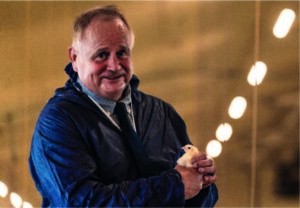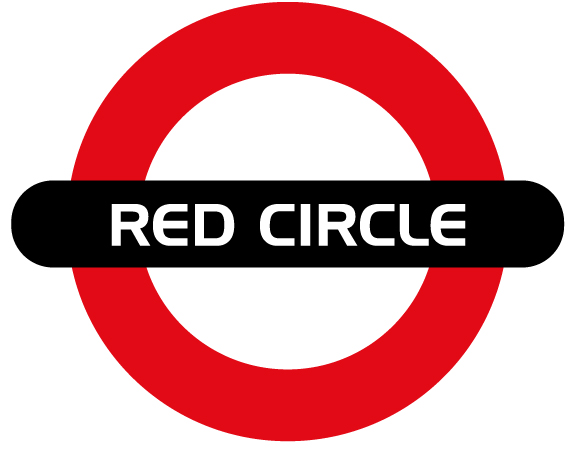After 45 years working for Nickerson I have decided to move on to the next stage of my life, which is retirement.
I thought it was ironic that on my last day on farm I’ve taken a picture of one of the best crops of winter wheat I have seen in my area which happened to be Claire, a winter wheat which must be over 25 years old. It has been a pleasure helping Nickerson to introduce new varieties to the market and hear the success stories of those that we have introduced, too many varieties to mention.


A massive thank you to all my customers, if it was not for your support and loyalty I would definitely not have lasted the 45 years working for the company and I wish you all every success in your future cropping. I know I am very comfortable leaving the business in a very safe pair of hands – those of Douglas Bonn. We have enjoyed meeting most of you over the last three months and he will continue to look after your requirements in the future.
Again thank you for your support I wish you well
Nick Wallace.

I am excited to have started my career at Nickerson, and look forward to getting stuck into my new role as Seed Specialist in glorious Yorkshire.
I will be covering the Yorkshire region from the Humber to the moors of North Yorkshire, heading west across the Pennines and on to the Lancashire border. In my previous role I was involved in the seed potato industry, so with Nickerson I will be swapping seed potatoes for just about every other type of seed!
I grew up in the Scottish Borders surrounded by farms but with no direct links to agriculture until I opted to study it at SRUC in Edinburgh. I embarked on a career in the potato industry, having carried out a placement year with McDonald’s focussing on where their fries come from. I then switched from ware potatoes to seed potatoes. The seed industry has always been of interest to me for two key reasons; Firstly, regardless of the crop type everything in farming starts with a seed; Secondly, my grandfather had a seed business based in the Borders many years ago dealing mainly with grass. Although no longer in existence, I like to think I am carrying on the family tradition!
My area includes a mix of low ground arable farms to upland sheep farms, and I am looking forward to getting to know customers both old and new, and offering seed based solutions to meet the unique challenges thrown up by each farming system.
If I can be of any assistance to farmers in the Yorkshire region, please do not hesitate to contact me on 07734 737008 or grant.connor@nickerson.co.uk
A Word on Grass from Douglas BonnAs a new year starts thoughts of the coming season are not far away and the development of a grazing wedge or a good first cut of silage should be at the forefront of plans.
The key driver for all soil nutrition is pH and this ideally should be sitting around pH 6.5. Regular soil testing must be carried out to manage this factor. The type of fertiliser used makes a huge difference to the pH of the soil. The use of Calcium Nitrate (CAN) fertilizer has a lesser effect on pH with 1Kg reducing soil pH by 0.4 points where 1 Kg of Ammonium Nitrate and Urea will reduce it by 1.2 points.
A grass ley overwintering with too much growth can cause problems with disease and winter kill. Sheep winter grazing to reduce winter cover is a useful tool but if the goal is for an early grazing wedge or early first cut of silage sheep should be taken off the grass before the end of January.
Even with the best winter management there will always be an amount of winter kill to manage. In the resent years the introduction and development of the spring tine harrow has revolutionised the management of a grass ley. Running a grass harrow over a sward in early spring will remove any dead grass so creating space for new tillers it will also stimulate the first few centimetres of soil so absorbing atmospheric nitrogen.
The grass plant will “wake up” before visible signs show above ground. Over winter a grass plant loses much of its root mass, and this is the first part of the plant to grow as it comes out winter. The first 40 days of this process is key to provide the plant with the infrastructure to give the plant the nutrition it requires for the season .
I’ve made some assumptions when looking at the nutritional requirement for first cut silage or the development of a grazing wedge. I have assumed that the pH is 6.5, the soil indices are +2 and the expected yield of first cut silage is 25 tonnes per hectare @ 30% dry matter. The plant will therefore require 120Kg nitrogen (if soil pH is less than 6.5 and calcium content is less than 2,000mg/L CAN should be considered as the source of nitrogen), 40Kg of phosphate as P2O5, 80Kg potassium as K2O and 30Kg of sulphur as SO3.

Grass Ley January

Grass Ley March





